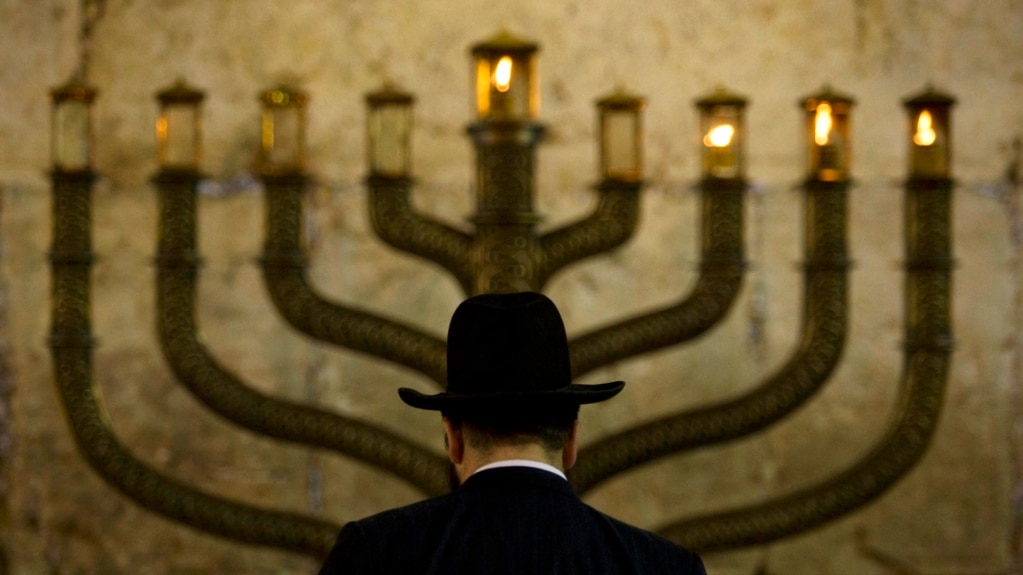Hanukkah (also written as Chanukah) is Judaism’s “festival of lights.” On eight straight nights, Jews come together with family and friends at the end of daylight to light one additional candle in the menorah.
A menorah is a lamp or candle holder used in Jewish religious ceremonies. It usually has eight branches, with a ninth place for the candle called shamash from which all the others are lit.
In Hebrew, Hanukkah means “dedication.”
The holiday marks the rededication of the Temple in Jerusalem about 2500 years ago. That was the time a small group of Jewish fighters took it back from occupying foreign forces. The fighters found a very small supply of oil in the religious building, or temple, and used it to keep a menorah lit for eight days. Their practice of lighting a nightly candle and cooking foods like potato pancakes called latkes, serve to remember the event.
When is Hanukkah 2023?
The dates of the holiday are based on the Hebrew month of Kislev, which usually falls sometime in November or December in the Gregorian calendar.
This year, Hanukkah is being celebrated from December 7 through December 15.
Do Hanukkah celebrations differ?
There are different branches of Judaism, like Reform, Conservative and Orthodox. But they all celebrate the holiday by bringing light into the darkness and remembering that even a small and unlikely-to-succeed effort can make great change.
The Talmud is Judaism’s central religious book. Within it, there is a dispute over the order of lighting. But even with that dispute, most start with one candle and increase the lighting by one more candle each night while saying religious blessings.
The candles are added from right to left, but lit from left to right on the menorah, thus always starting with the newest light.
The tradition calls for candles with a real flame. But some also use electric ones in public areas, such as in hospitals, for safety reasons.
How is Hanukkah celebrated?
A menorah is lit in each household and traditionally is placed where it can be seen from the outside, such as a doorway or near a window. It represents the spreading of God’s light to all nations.
The lighting of menorahs in city streets and public areas, like parks or areas of interest, has become more common in recent years in countries around the world.
In addition to menorah lightings, giving money to those in need and social works are also part of the celebration for many. This comes out of the belief that the Jewish people are called by God to help make the world better for all.
I’m Caty Weaver.

